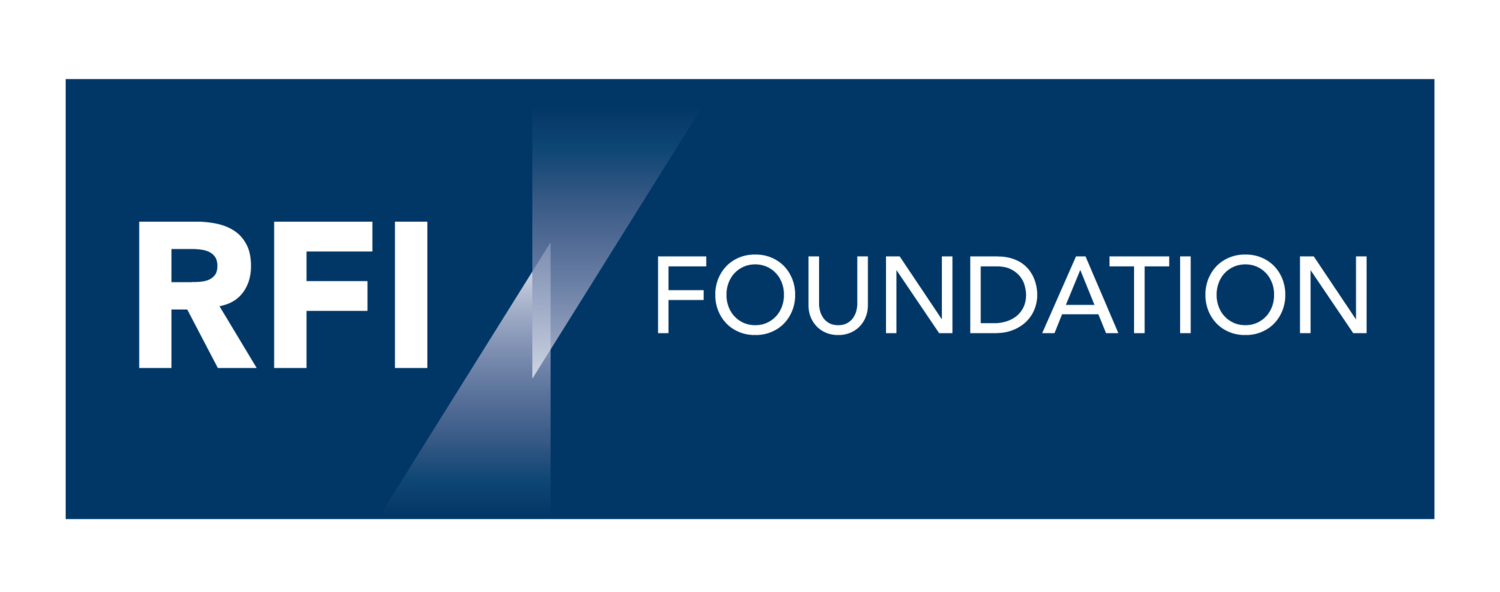Investing in responsible finance will pay dividends
Looking ahead in 2025, the growing acknowledgement of sustainability as a key issue, both globally and within OIC markets, has pivoted from expanding to new areas of sustainability towards working out ways to implement what is already on the table. Institutions that take the challenge seriously now stand to come out ahead as the impacts of climate change and the climate transition grow.
Regardless of the speed of implementation, the upcoming adoption of IFRS sustainability reporting standards will force financial institutions to prepare to incorporate the resulting disclosures into their decision-making processes. The standard-setting landscape for sustainability has experienced some consolidation with the formation of the International Standards Setting Board (ISSB) and the launch of the IFRS Sustainability Reporting Standards.
Creating a global ‘baseline’ standard, even if not universally adopted, has opened the way for other standards that interact with it to be updated. The GHG Protocol, whose guidance has provided the basis for corporate emissions reporting, is set to be updated, as is the Science Based Targets Initiative (SBTi) standard on emissions reduction target-setting and the ISO Standard on Net Zero. Additional guidance is developing around nature-based data, although not without controversy.
Financial institutions will be impacted particularly by updates to methodologies around financed emissions, which the Partnership for Carbon Accounting Financials (PCAF) is set to update to expand the types of financing assets covered. Financial institutions’ financed emissions reporting will also be affected by changes in disclosure guidance applicable to their customers.
Many companies use the GHG Protocol for their emissions reporting since it has become integrated into the IFRS Sustainability Reporting Disclosure frameworks. There are some points of discontinuity between the GHG Protocol standards and the emissions that PCAF expects to be included in financed emissions totals. From the perspective of financial institutions that have committed to PCAF, the GHG Protocol changes could make their work easier, although any changes would still need to be separately adopted by the ISSB before they impact the mandatory global climate reporting landscape.
The reporting is just a small part of the sustainability priorities for financial institutions. These institutions are generally involved in disclosure as a way to stay ahead of new reporting mandates rather than using it to achieve their sustainability goals. These goals are often connected to staying on the right side of issues like climate-related risks and opportunities.
At times, climate disclosure metrics and climate action can work at cross purposes for financial institutions. Some research has found that banks that scored the most poorly on ESG offered more concessions to attract borrowers with high ESG scores. Even looking at the financed emissions of banks' entire portfolios may not overcome the fact that they can only measure historical data and may not be good guides to the prospects for financial institutions to achieve their climate goals, or to do so in a way that addresses both environmental and social impacts.
Within the area of climate mitigation, social impacts have gained traction with the increased prominence given to Transition Plans, and agreement on the need for them to realise a Just Transition. The commitment to Just Transitions has become a common part of the sustainable finance lexicon. Most of the effort on transition planning has focused on how to evaluate ‘credibility’, with far less effort taken to define what makes them ‘just’.
The changes to the sustainability reporting framework will impact all financial institutions to varying degrees depending on how large they are and the markets they mainly operate in. For financial institutions in OIC markets, much of what distinguishes between market leaders and market laggards is the degree to which they have set targets or integrated different sustainability issues into their governance frameworks.
With a shift deeper into the implementation of sustainability in core financing operations, as well as various policy and physical risk shocks, the points of differentiation between different institutions are likely to become much clearer.
Being caught off-guard by policy developments needed to achieve national carbon targets, or not anticipating physical climate risks, or ignoring stakeholder involvement in transition plan implementation, will have tangible impacts on the bottom line and on financial institutions’ relationships with their stakeholders.
